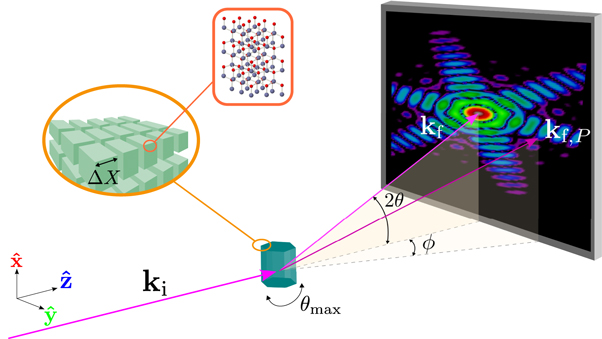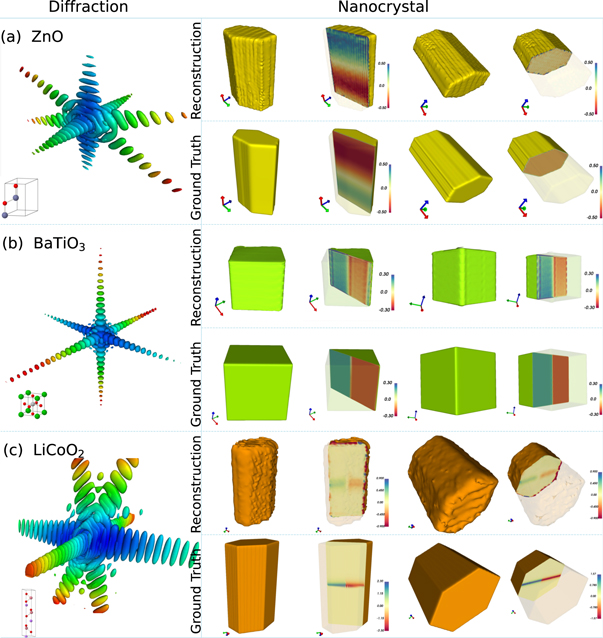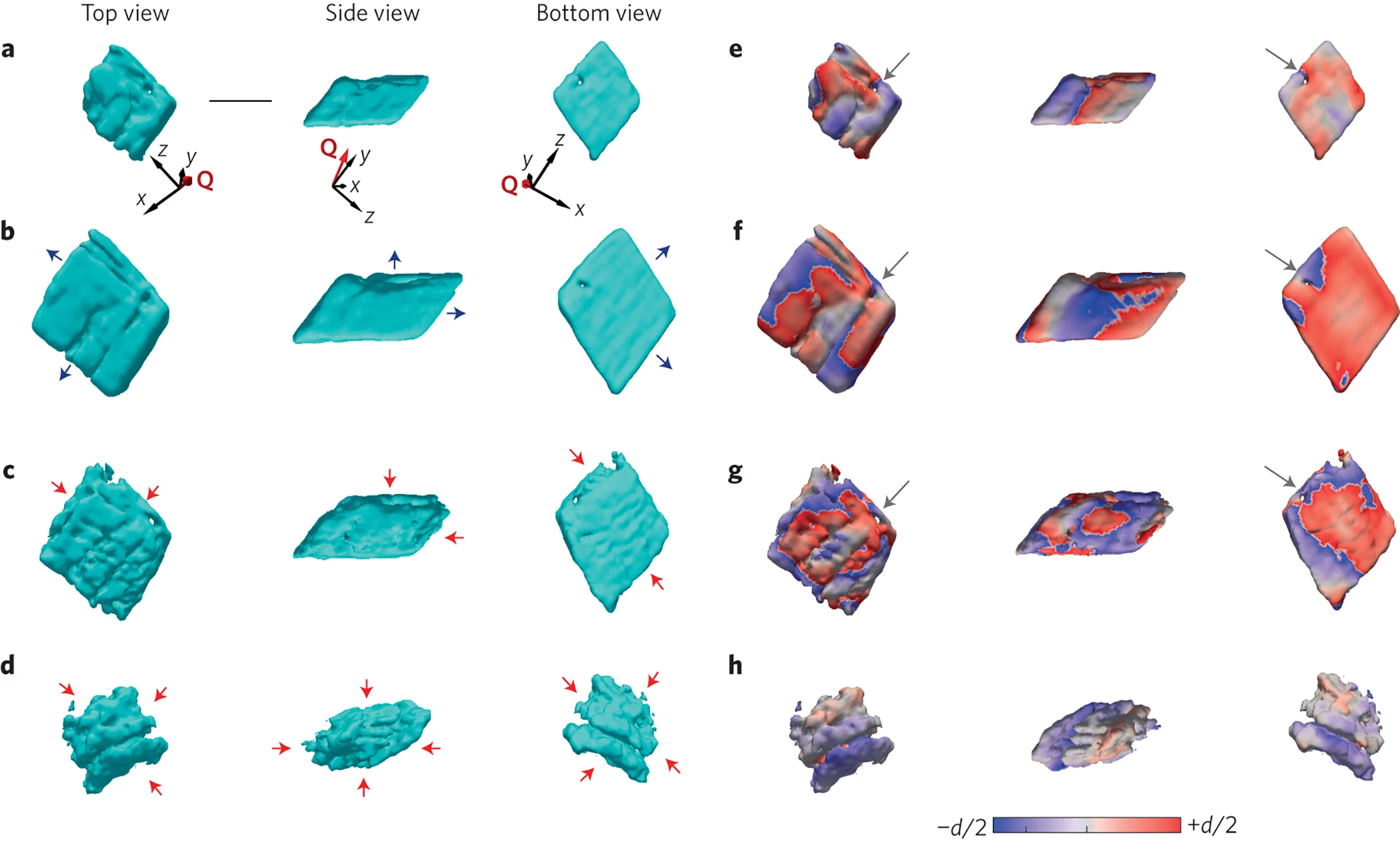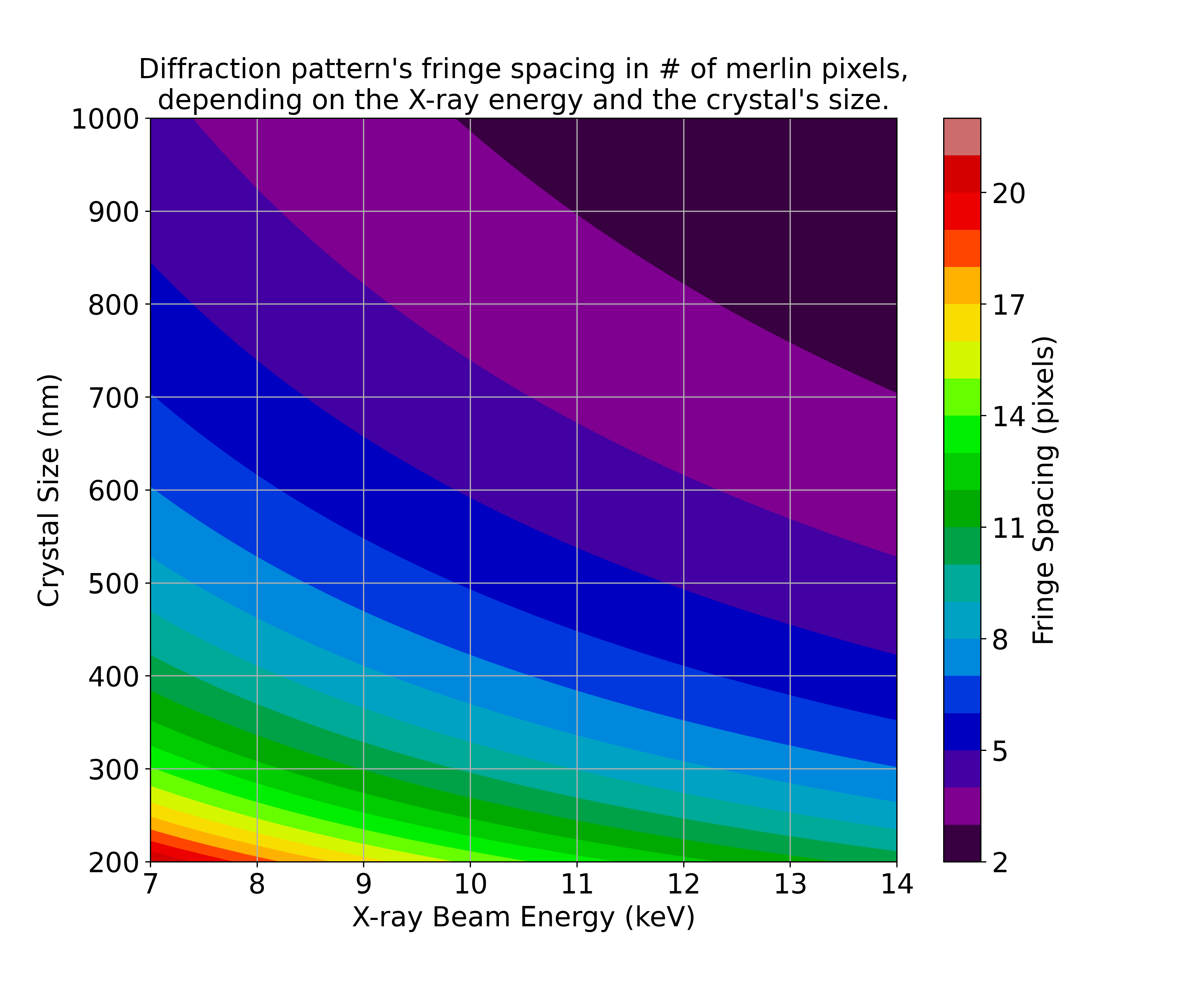Beamline Phone Number:
+44 (0) 1235 778711
Principal Beamline Scientist:
Alessandro Bombardi
Tel: +44 (0) 1235 778087
E-mail: alessandro.bombardi@diamond.ac.uk
Email: sarnjeet.dhesi@diamond.ac.uk
Tel: +44 (0) 1235 778056
Beamline I16 at the Diamond Light Source stands at the forefront of cutting-edge research, offering scientists a unique platform to explore the intricacies of materials at the nanoscale. Among the remarkable techniques employed at this beamline, X-ray Bragg Coherent Diffraction Imaging (BCDI) emerges as a groundbreaking method that allows researchers to peer into the inner workings of nanomaterials with unparalleled detail and resolution.
At its core, BCDI is a sophisticated X-ray imaging technique that capitalizes on the wave nature of X-rays and their interaction with crystalline structures. The process begins by directing a highly focused and coherent X-ray beam from the synchrotron source onto a sample of interest. Unlike conventional imaging techniques that rely on the visible light spectrum, X-rays possess much shorter wavelengths, enabling them to probe materials at the atomic and nanometre scales.
As the intense X-ray beam strikes the sample's crystalline lattice, it scatters in a distinct pattern known as Bragg diffraction. This scattering pattern carries a wealth of information about the arrangement of atoms within the crystal lattice. However, BCDI does not stop at capturing this diffraction pattern. Instead, it exploits the coherence of the X-ray beam to record the intricate interference patterns resulting from the interaction with the lattice.

This is where the true innovation of BCDI at Beamline I16 comes into play. By carefully analysing these interference patterns, researchers can reconstruct a high-resolution, three-dimensional map of the sample's internal structure.

The power of BCDI at Beamline I16 lies not only in its ability to visualize nanoscale structures but also in its non-destructive nature. Samples remain intact throughout the imaging process, making it an ideal technique for studying delicate or valuable materials.
However, harnessing the potential of BCDI demands a multidisciplinary approach. Advanced X-ray optics, precise sample manipulation stages, and sophisticated data analysis techniques converge to transform raw diffraction data into comprehensive visualizations of nanoscale structures. The synergy of experimental prowess and computational ingenuity plays a pivotal role in extracting meaningful insights from complex diffraction patterns.
Researchers at Beamline I16 are leveraging the capabilities of BCDI to explore a diverse range of scientific inquiries. From understanding the behaviour of nanomaterials under different conditions to deciphering the mechanisms behind novel material properties, BCDI opens a window into a previously uncharted world of nanoscale phenomena.

In conclusion, X-ray Bragg Coherent Diffraction Imaging at Beamline I16, Diamond Light Source, stands as a testament to human ingenuity and technological advancement. By seamlessly combining the principles of X-ray diffraction, coherent optics, and sophisticated data analysis, BCDI empowers scientists to unravel the mysteries of nanoscale structures, paving the way for groundbreaking discoveries and innovations across a multitude of scientific disciplines.
When planning a coherent diffraction experiment at I16, please bear in mind the beamline energy range and the standard detector configuration on the beamline. Typically we use the in-vacuum QuadMerlin detector positioned 1310 mm from the sample position. This detector has 55 µm pixels and consists of 4 panels, giving 515 x 515 24-bit pixels.
The following figure gives an indication of the fringe spacing expected for low angle reflections from various sizes of crystallites accross the beamline energy range the QuadMerlin detector.

Clark, J., Ihli, J., Schenk, A. et al. Three-dimensional imaging of dislocation propagation during crystal growth and dissolution. Nature Mater 14, 780–784 (2015).
https://doi.org/10.1038/nmat4320
J A Lim et al. Coherent magnetic diffraction from the uranium M4 edge in the multi-k magnet, USb. J. Phys.: Conf. Ser. 519 012010 (2014)
https://doi.org/10.1088/1742-6596/519/1/012010
Aranda, M. A. G. et al. Coherent X-ray diffraction investigation of twinned microcrystals. Journal of Synchrotron Radiation 17, 751-760 (2010)
https://doi.org/10.1107/S0909049510039774
A H Mokhtar, D Serban and M C Newton. Simulation of Bragg coherent diffraction imaging. J. Phys. Commun. 6, 055003 (2022)
If you have any comments, suggestions or corrections, please contact a member of the beamline staff.
Diamond Light Source is the UK's national synchrotron science facility, located at the Harwell Science and Innovation Campus in Oxfordshire.
Copyright © 2022 Diamond Light Source
Diamond Light Source Ltd
Diamond House
Harwell Science & Innovation Campus
Didcot
Oxfordshire
OX11 0DE
Diamond Light Source® and the Diamond logo are registered trademarks of Diamond Light Source Ltd
Registered in England and Wales at Diamond House, Harwell Science and Innovation Campus, Didcot, Oxfordshire, OX11 0DE, United Kingdom. Company number: 4375679. VAT number: 287 461 957. Economic Operators Registration and Identification (EORI) number: GB287461957003.